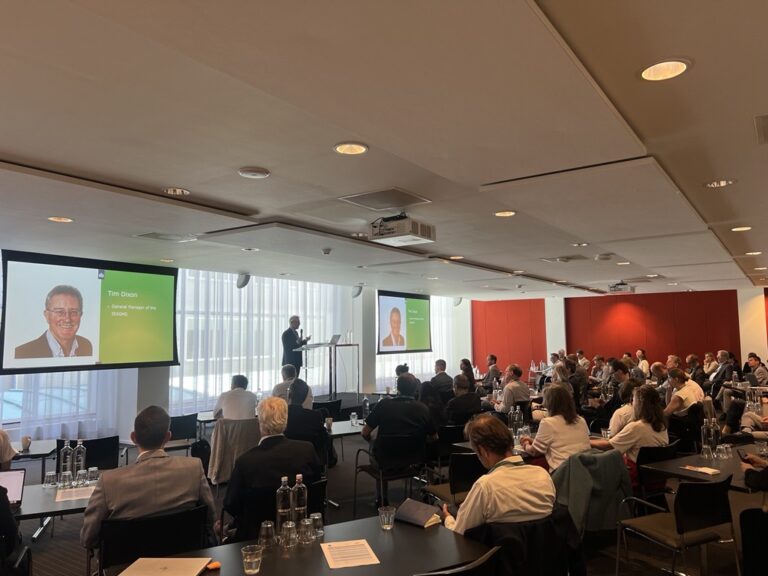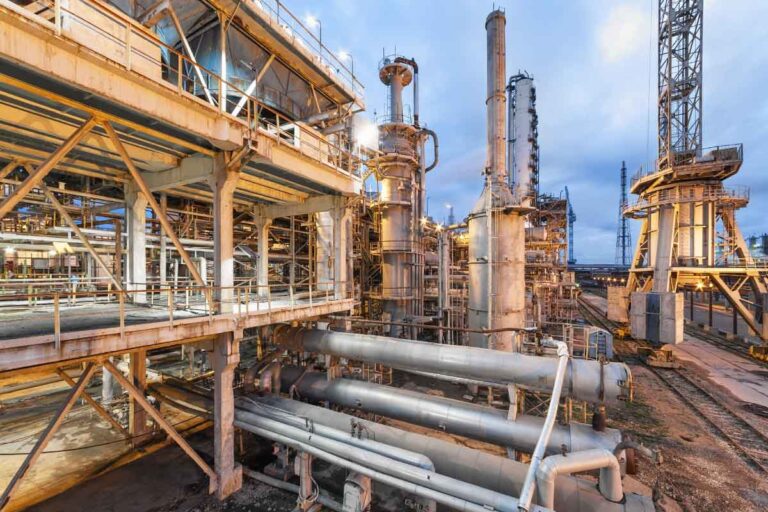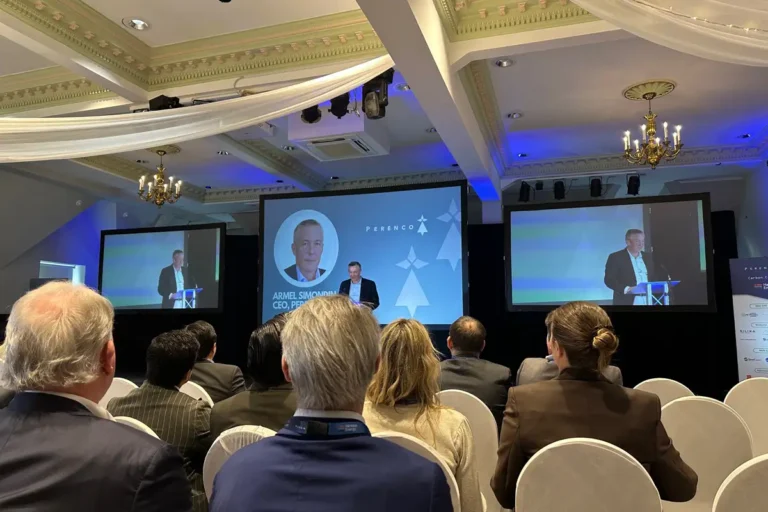
CCUS and Oil & Gas Technologies Integrated Review Meeting, Pittsburgh, 26th – 30th August 2019
29 August 2019

The annual gathering of research groups directly engaged in CCUS R&D from across the United States is being held in Pittsburgh.This meeting, organised by the US National Energy Technology Laboratory (NETL), ensures that US Department of Energy (DOE) projects are reviewed by that department’s project managers and a wider international audience.Proceedings were opened by Steven Winberg, Assistant Secretary for Fossil Energy at the US DOE.Steven reminded delegates just how significant fossil fuel energy supply is to the US and the rest of the world.The shale revolution that kicked off in the 1980s and 1990s now means that the US is a global leader in LNG which it also exports.This paradigm shift from import dependency to energy self-sufficiency has also led to regional regeneration for example the Appalachian Petrochemical Renaissance created from the abundance of domestic ethane.The Assistant Secretary also highlighted that although there has been a slight decline in coal consumption, 30% of the nation’s electricity still comes from this fuel source and supplies up to 50% during peak winter demand.Consequently, CO2 emission abatement needs greater attention reflected in the 100 CCUS R&D projects supported by the US Government.There is a drive to reduce capture costs to US$30/tonne of CO2.New initiatives include the advent of 17 field labs across the country.Two such projects are exploring opportunities for extracting, processing and re-injecting waste saline water (brine) from potential storage sites, with the longer-term prospect of using this fluid as a resource depending on its salinity.
Steve Winberg, was then followed by Brian Anderson, Director, NETL who outlined the future direction of the US CCUS programme.He stressed that a key aim is to achieve commercial-scale deployment of fully integrated CCS projects by 2025.The success of Petra-Nova, now a fully functioning CCUS project, is testimony to the US drive towards this goal. There are currently a plethora of exciting innovations in development including the application of machine learning to extract and interpret information from complex data sets.
The first plenary panel focussed on business cases. NRG presented on progress and lessons learnt from Petra Nova, which has now reached 3.3 Mt captured. The International CCS Knowledge Centre provided an update on Boundary Dam, their Shand study, and the real potential for BECCS in the region. A common topic across many of the plenary talks was the 45Q tax credit in the USA, which is generating a lot of interest from industry. The IRS (US Inland Revenue Service) has just completed a consultation on the details needed for 45Q, including how to prove ‘secure storage’ and Sarah Forbes of US DOE provided a summary of the responses. As previously mentioned, the work of the Regional Carbon Sequestration Projects and CarbonSAFE projects is in effect de-risking the potential storage sites which could be used by projects stimulated by 45Q.
Written by James Craig & Tim Dixon, IEAGHG
Other articles you might be interested in
Get the latest CCS news and insights
Get essential news and updates from the CCS sector and the IEAGHG by email.
Can’t find what you are looking for?
Whatever you would like to know, our dedicated team of experts is here to help you. Just drop us an email and we will get back to you as soon as we can.
Contact Us NowOther articles you might be interested in
Get the latest CCS news and insights
Get essential news and updates from the CCS sector and the IEAGHG by email.
Can't find what you are looking for?
Whatever you would like to know, our dedicated team of experts is here to help you. Just drop us an email and we will get back to you as soon as we can.
Contact Us Now









